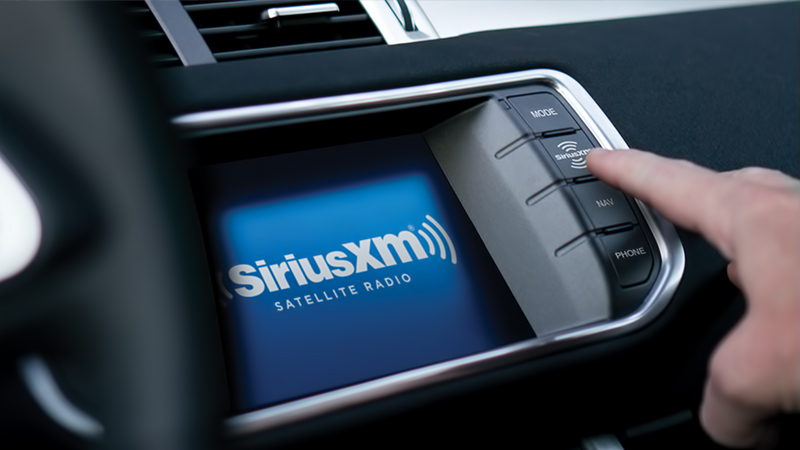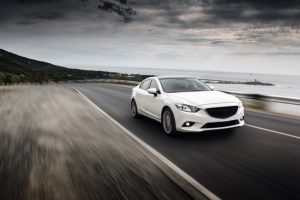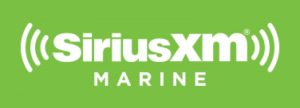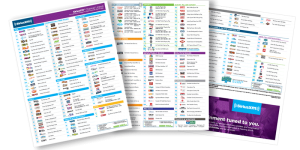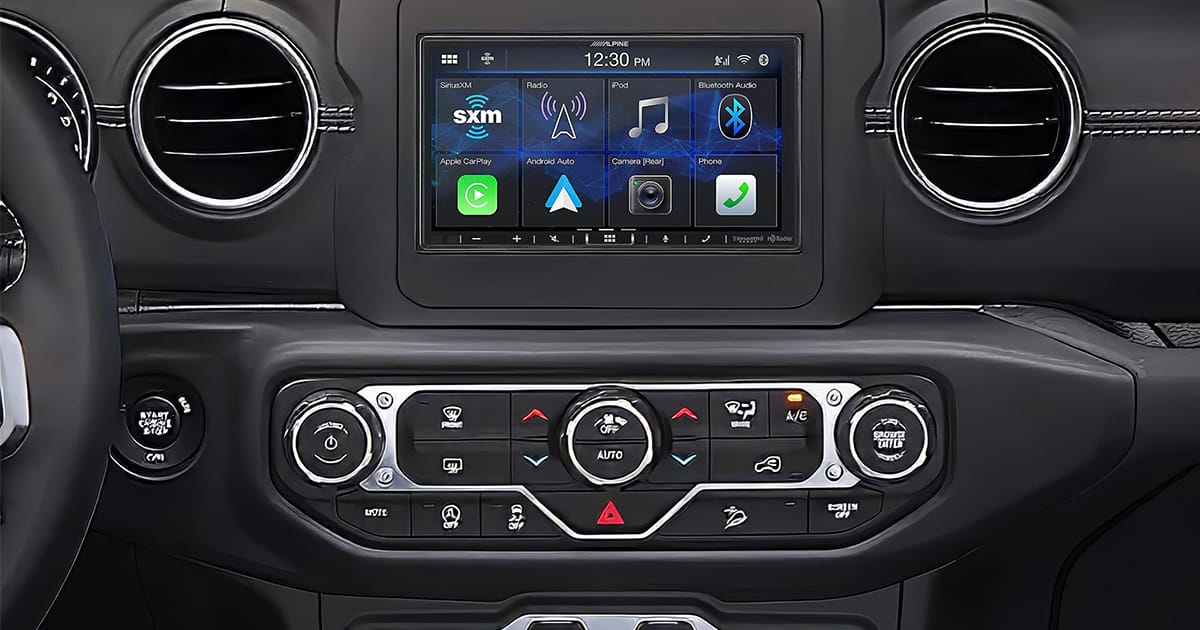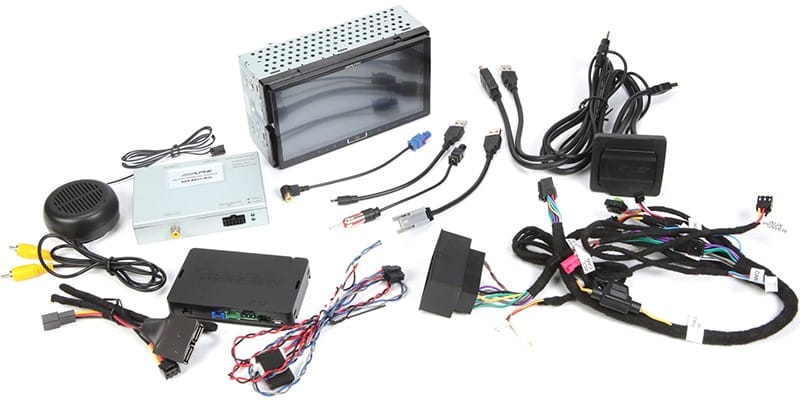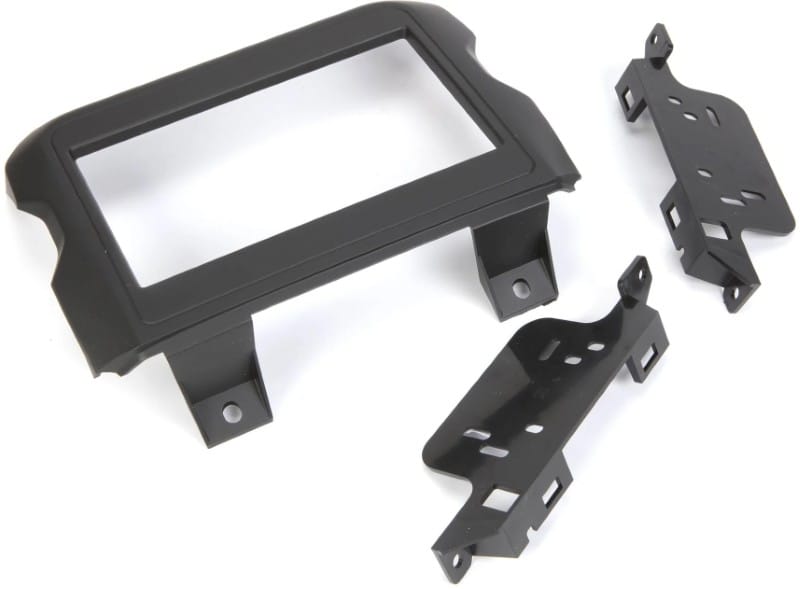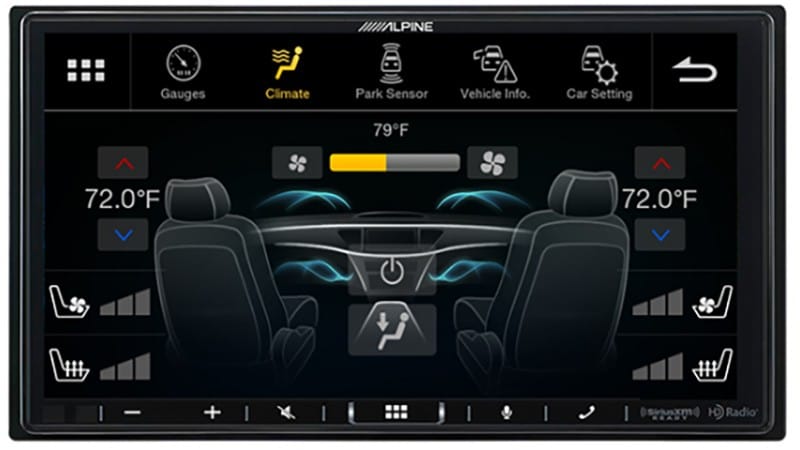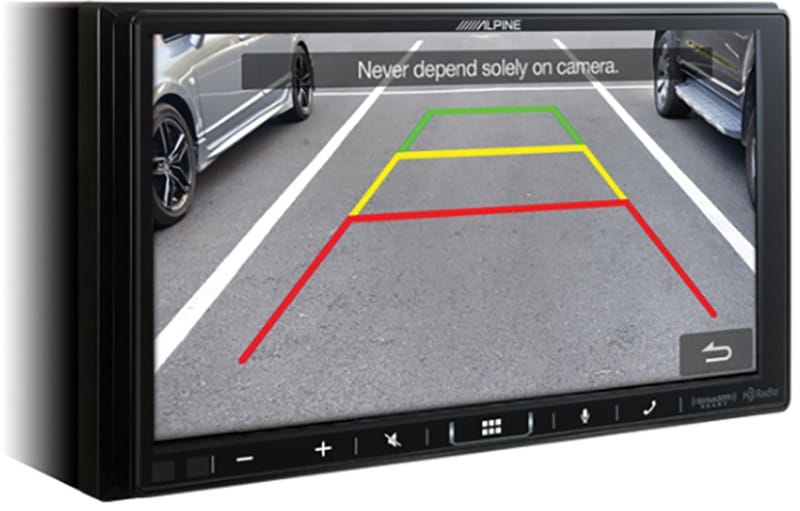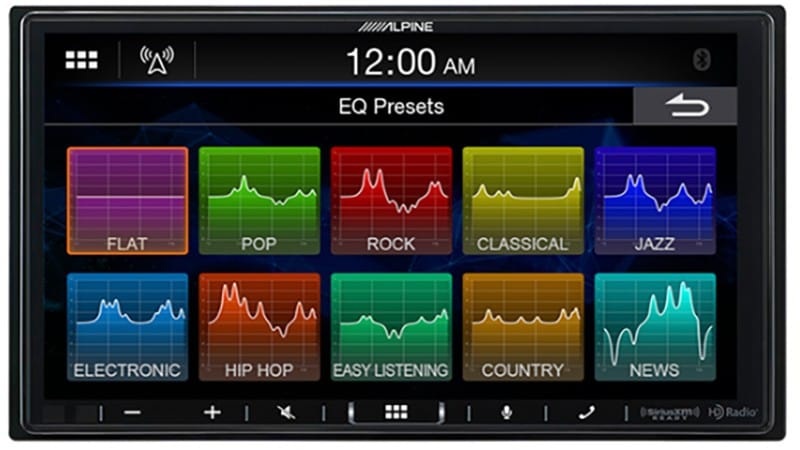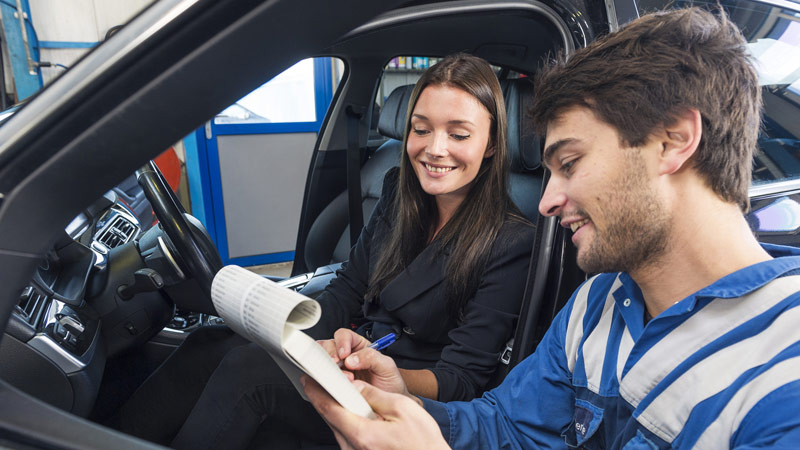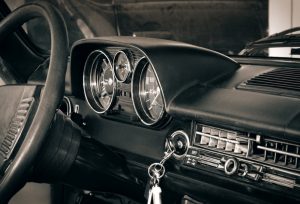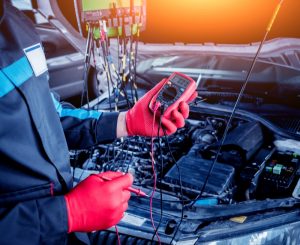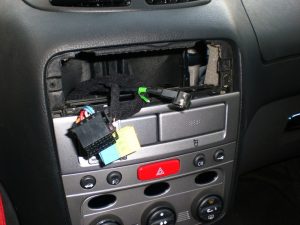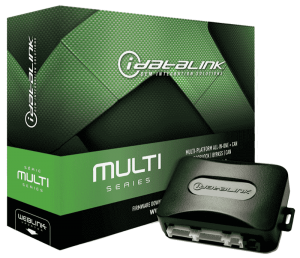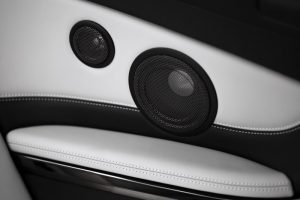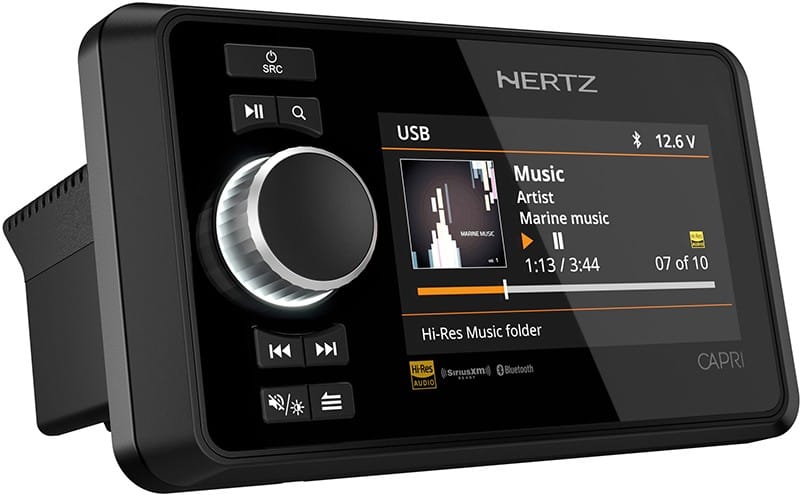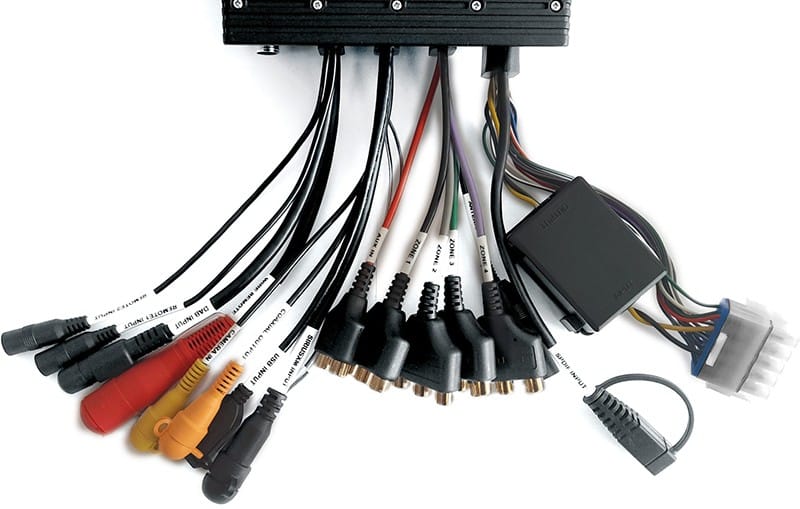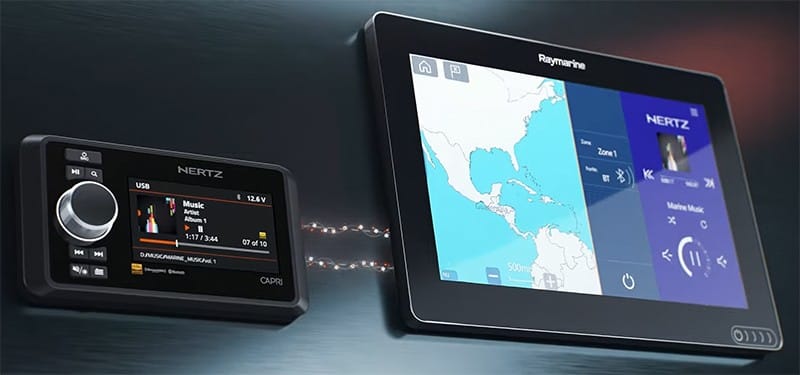 Looking back to the Palm Pilot and the original Blackberry, we have been on a constant path toward having full-blown computers with us at all times. Fast-forward a few decades and it’s rare that folks don’t have a smartphone in their pocket or purse. Apple and Android smartphones have changed the way we communicate and are entertained.
Looking back to the Palm Pilot and the original Blackberry, we have been on a constant path toward having full-blown computers with us at all times. Fast-forward a few decades and it’s rare that folks don’t have a smartphone in their pocket or purse. Apple and Android smartphones have changed the way we communicate and are entertained.
In the mobile electronics industry, we have been working hard to find ways to integrate your smartphone into your vehicle to help you safely communicate and listen to your music. Dive into any discussion about smartphones on Facebook, and you’ll quickly see it turn into a battle of which kind is better. As each device changes, seemingly by the hour, answering that question is nearly impossible. With that said, there are definitely benefits and drawbacks to each. Let’s look at some cold, hard facts about the Android and iOS operating systems and their associated hardware.
A Brief History of the iPhone
 Launched in the summer of 2007 by Steve Jobs, the iPhone was touted as a game-changer in communication technology. Apple retains a unique advantage over Android-based smartphones in that it controls not only the hardware chosen for the device but the software as well. The iOS operating system is designed and tested to work together with the iPhone.
Launched in the summer of 2007 by Steve Jobs, the iPhone was touted as a game-changer in communication technology. Apple retains a unique advantage over Android-based smartphones in that it controls not only the hardware chosen for the device but the software as well. The iOS operating system is designed and tested to work together with the iPhone.
iPhone Complaints
 What company doesn’t have haters? People either love the iPhone for iOS for its interface, associated software and approved hardware accessory devices or hate it for its monopolistic approach. Few people like having to use iTunes to load their music and the cost of MFI (Made for iPhone/iPod) approved cables and devices definitely raises their cost.
What company doesn’t have haters? People either love the iPhone for iOS for its interface, associated software and approved hardware accessory devices or hate it for its monopolistic approach. Few people like having to use iTunes to load their music and the cost of MFI (Made for iPhone/iPod) approved cables and devices definitely raises their cost.
Is there a benefit? Definitely. When you buy an approved accessory, you know it will work. When you transfer music, you know it will play. You may lose some of the independence of doing what you want when you want, how you want, but the infrastructure exists to make owning and using an iPhone as trouble-free as possible.
Apple is often criticized by Android users for being late to the party with new features: “Oh, you added facial recognition to the iPhone X and wireless charging to the iPhone 8! That’s great, Android phones had that last year.” Maybe it takes longer for Apple to test these technologies. Maybe the development and testing time for each new phone takes a lot longer. We may never know, but it sure is nice when the features arrive and work flawlessly.
iPhone in the Car
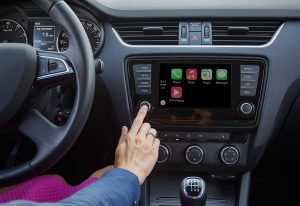 Apple led the automotive smartphone connectivity battle with CarPlay. CarPlay was launched at the Geneva Motor Show in 2014 with Ferrari, Mercedes-Benz and Volvo as its first automotive partners. CarPlay offers an interface that mimics the icon layout on the phone to make using the system intuitive.
Apple led the automotive smartphone connectivity battle with CarPlay. CarPlay was launched at the Geneva Motor Show in 2014 with Ferrari, Mercedes-Benz and Volvo as its first automotive partners. CarPlay offers an interface that mimics the icon layout on the phone to make using the system intuitive.
CarPlay allows users to use the Siri voice recognition engine to perform tasks like listening to text messages, making phone calls, selecting music and choosing navigation destinations. You don’t have to look at the screen at all to initiate any of those tasks.
With Apple under control of the CarPlay software, both OEM and aftermarket infotainment system manufacturers need to send samples to Apple for testing and approval before they can be sold. Apple works at its own pace, and we know this can cause delays. Are they worth it? If the system works the way it should, then most definitely.
Android-Based Smartphones
 Developed by Google, the Android mobile operating system started development in 2005 and was launched in 2007. At the same time, the Open Handset Alliance – a consortium of hardware, software and telecommunication companies – was launched to advance open standards for mobile devices. The goal of the Open Handset Alliance was to create an open competitor to Symbian, Blackberry OS and iOS-powered devices. The first Android-based device was the T-Mobile G1, developed by HTC and launched in September 2008.
Developed by Google, the Android mobile operating system started development in 2005 and was launched in 2007. At the same time, the Open Handset Alliance – a consortium of hardware, software and telecommunication companies – was launched to advance open standards for mobile devices. The goal of the Open Handset Alliance was to create an open competitor to Symbian, Blackberry OS and iOS-powered devices. The first Android-based device was the T-Mobile G1, developed by HTC and launched in September 2008.
A fun fact about Android is its naming convention for each major release. While this practice is not uncommon, the names are rarely shared with the public. In order, the code names have been Cupcake, Donut, Eclair, Froyo, Gingerbread, Honeycomb, Ice Cream Sandwich, Jelly Bean, KitKat, Lollipop, Marshmallow, Nougat and, most recently, Oreo. Clearly, the Android development team has a snacking issue.
Is Free Good?
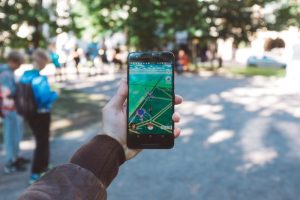 As we stated, the Android mobile operating system is released by Google under an open source license. This means that phone manufacturers don’t need to buy or license the operating system. This can reduce development costs and accelerate the focus on new technology.
As we stated, the Android mobile operating system is released by Google under an open source license. This means that phone manufacturers don’t need to buy or license the operating system. This can reduce development costs and accelerate the focus on new technology.
As with most things, for every silver lining, there is a dark storm cloud nearby. With phone manufacturers like Samsung, Huawei, LG, Sony and HTC each creating their own hardware and implementation of the Android operating system, updates for each device are at the mercy of the manufacturer and the wireless carriers. With Android about to roll out Version 8.1.0, not every device will get an upgrade.
In May 2017, coinciding with the launch of Android 8.0, Google announced Project Treble with a goal to streamline and simplify the update process for Android-powered devices. Only time will tell how successful they are.
Is Easy Good?
If you want to put a few songs on your Android phone, connect the USB cable to your computer, and drag the files to the Music folder. You can manage the files on your computer however you want, or not at all – if that’s your cup of tea. Similar folders exist for Pictures, Podcasts, Ringtones and Movies. You can treat them the same way you would a USB memory stick.
When Apple announced the iPod would move from Firewire to USB, radio manufacturers were quick to adopt interfaces that would allow control playback of the songs on the device in the car. This adoption took a lot longer for Android, and even up until last year, some source units could not play music stored on an Android phone by simply connecting the USB cable.
Bluetooth Problems
 With Apple and Android smartphones, Bluetooth connectivity is a big issue. Almost everyone has a Bluetooth hands-free solution in their car, so being able to use your phone with it is crucial to your productivity. Apple hasn’t been flawless in terms of backward compatibility to older source units, but for the most part, they seem to work well. Android, on the other hand, has been plagued with connectivity issues that vary by the phone manufacturer. Several aftermarket radio manufacturers cringe when dealers or consumers call about Bluetooth issues from specific brands.
With Apple and Android smartphones, Bluetooth connectivity is a big issue. Almost everyone has a Bluetooth hands-free solution in their car, so being able to use your phone with it is crucial to your productivity. Apple hasn’t been flawless in terms of backward compatibility to older source units, but for the most part, they seem to work well. Android, on the other hand, has been plagued with connectivity issues that vary by the phone manufacturer. Several aftermarket radio manufacturers cringe when dealers or consumers call about Bluetooth issues from specific brands.
Imagine if you update your smartphone and you can no longer connect to your vehicle’s hands-free system. With Apple, you can complain at the Apple Store or log into their support website. Though they won’t admit it outright, they pay attention to these issues and in many cases, fixes are released in updates.
If you own an Android-based phone, whom do you call when something doesn’t work? The store you bought the phone from? Your carrier? The manufacturer? Google? Simultaneously, each of them and none of them are singly responsible for the issue, nor can any one of them directly help you find a solution. Sure, there are exceptions, but with the open source philosophy of Android, connectivity with third-party devices is a lot more variable.
Android in the Car
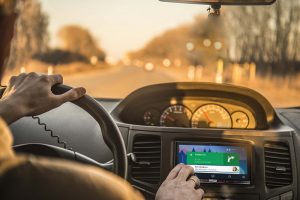 Android Auto was announced in 2014 as a joint effort between 28 automobile manufacturers. The actual Android Auto app was released on March 19, 2015; in May 2015, the Hyundai Sonata became the first vehicle to offer Android Auto support. Android Auto offers similar functionality to CarPlay, but eschews the menu-driven foundation and provides information about the function you are using on the screen. Voice commands and features work similarly to CarPlay.
Android Auto was announced in 2014 as a joint effort between 28 automobile manufacturers. The actual Android Auto app was released on March 19, 2015; in May 2015, the Hyundai Sonata became the first vehicle to offer Android Auto support. Android Auto offers similar functionality to CarPlay, but eschews the menu-driven foundation and provides information about the function you are using on the screen. Voice commands and features work similarly to CarPlay.
Android Auto has an advantage over CarPlay with Google Maps and Waze. Both of these navigation solutions are considered superior to Apple Maps. You will find that many Apple users, unless they are using CarPlay, use the iOS versions of Waze and Google maps for their navigation needs.
Which Phone is Better?
 Our goal isn’t to determine a winner in the battle of Apple and Android smartphones – that’s up to each individual user. If you use Macintosh-based computers at home, you may see no better option than to choose an iPhone. If you like the freedom of Android open architecture, there’s absolutely nothing wrong with that.
Our goal isn’t to determine a winner in the battle of Apple and Android smartphones – that’s up to each individual user. If you use Macintosh-based computers at home, you may see no better option than to choose an iPhone. If you like the freedom of Android open architecture, there’s absolutely nothing wrong with that.
Integration for Apple and Android Smartphones
No matter which phone technology you use, your local mobile enhancement retailer can help you integrate your phone into your vehicle. CarPlay, Android Auto, wireless charging, audio streaming, hands-free calling solutions or even a custom mounting bracket are available for most vehicles. Drop by and see how they can make using your smartphone in your car safer and easier.
Steve Jobs photo by Ben Stanfield (https://www.flickr.com/photos/acaben/541326656/) [CC BY-SA 2.0 (https://creativecommons.org/licenses/by-sa/2.0)], via Wikimedia Commons
This article is written and produced by the team at www.BestCarAudio.com. Reproduction or use of any kind is prohibited without the express written permission of 1sixty8 media.
